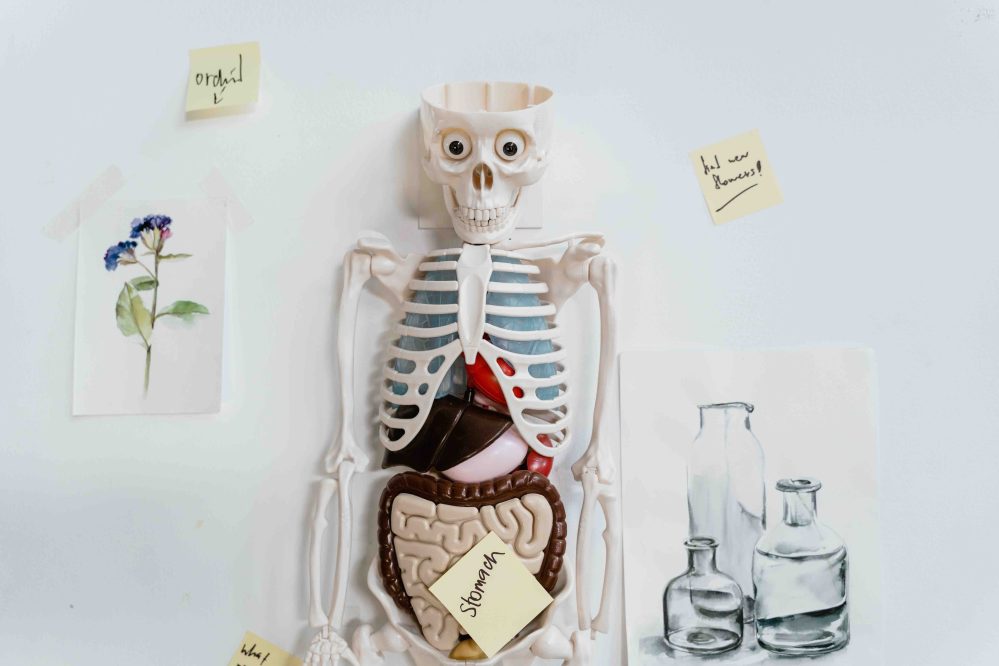The human experience is intricately woven with many emotions, forming the rich tapestry of our lives. Among the many emotional landscapes we traverse, seven core emotions have been recognized and studied across cultures and generations. These emotions encompass the spectrum of human feelings and play a profound role in shaping our thoughts, behaviors, and relationships. Understanding and navigating these seven emotions is crucial for our well-being and for building empathy and connecting with others. In this exploration, we delve into the depths of these seven emotions, unraveling their significance, underlying mechanisms, and their profound impact on our lives.
What Is the Concept of Seven Emotions?
The concept of seven emotions refers to a classification system that identifies seven fundamental emotions universally experienced by humans. These emotions, often called the basic or primary emotions, have been recognized across cultures and are believed to have a biological and evolutionary basis.
The seven emotions include anger, fear, worry, anxiety, joy, sadness or grief, and fright. Each emotion has unique characteristics, physiological responses, and behavioral expressions, allowing individuals to perceive and respond to the world around them.
While there may be variations in how these emotions are expressed and understood across cultures, the core experiences of these seven emotions serve as a common thread connecting humanity. By understanding and acknowledging these emotions, we gain insights into our internal landscapes and develop a deeper comprehension of the human condition.
Seven Emotions Explained
Anger
Anger is a powerful and intense emotion that arises in response to perceived threats, injustices, or frustrations. It manifests as a heightened state of arousal, often accompanied by resentment, irritability, and the desire to confront or retaliate.
Anger is a natural self-defense mechanism, mobilizing our energy to assert boundaries or seek justice. However, it can lead to aggression and strained relationships when not managed constructively. Learning to channel anger in a healthy manner, such as through assertiveness and problem-solving, allows us to express our needs while maintaining emotional balance.
Fear
Fear is a primal emotion that activates when we encounter situations or stimuli that we perceive as dangerous or threatening. It triggers the body’s fight-or-flight response, preparing us to confront the threat or flee from it. Fear can arise from real or imagined dangers and can be rational or irrational.
While fear can protect us from harm, excessive or irrational fear can restrict our lives and limit our potential. By identifying the root causes of fear, challenging negative beliefs, and gradually exposing ourselves to feared situations, we can learn to manage fear and regain control.
Worry
Worry is a form of persistent and repetitive thinking focused on potential adverse outcomes or uncertainties. It often arises when we feel uncertain or lack control over future events. Worrying is an attempt to anticipate and prepare for possible problems, but it can also lead to heightened anxiety and distress.
Acknowledging worries and examining their validity can help us differentiate between productive problem-solving and unproductive rumination. Engaging in stress-reducing activities, practicing mindfulness, and seeking support can alleviate excessive worry and promote a more balanced mindset.
Anxiety
Anxiety goes beyond occasional worry and refers to a persistent state of unease, restlessness, and excessive worry about everyday situations. It involves a heightened fear and anticipation, often accompanied by physical symptoms such as rapid heartbeat, sweating, and shortness of breath.
Anxiety disorders can interfere with daily life, causing significant distress and impairing functioning. Treatment options for anxiety include therapy, medication, stress management techniques, and lifestyle changes. Challenging irrational thoughts and practicing relaxation techniques can also help manage anxiety.
Joy
Joy is a positive emotion associated with happiness, delight, and well-being. It arises from pleasurable experiences, accomplishments, or connections with others. Joy manifests as a radiant smile, laughter, or profound contentment. Experiencing joy promotes overall well-being, enhances relationships, and boosts resilience. Engaging in activities that bring us joy, cultivating gratitude, and nurturing meaningful relationships are crucial to fostering and sustaining joy.
Sadness or grief
Sadness or grief is a complex emotion that arises from loss, disappointment, or longing. It is a natural response to various life experiences, such as the death of a loved one, the end of a relationship, or unfulfilled expectations.
Sadness can encompass a range of feelings, including loneliness, despair, and emptiness. Grief is the deep sorrow and mourning experienced when someone or something significant is lost. Allowing ourselves to experience and process sadness and grief is an important part of healing. Seeking support from others, engaging in self-care, and finding healthy outlets for expression can help you navigate these emotions.
Fright
Fright, a fear-induced startle, is a brief and intense reaction to a sudden and unexpected threat. It triggers an immediate physiological response, causing a jolt or jump, increased heart rate, and heightened alertness.
Fright is an instinctual and automatic response designed to help us react quickly to potential dangers. Although short-lived, it can leave us feeling shaken and vulnerable. Taking deep breaths, grounding techniques, and practicing self-compassion can help regulate the body and mind after experiencing fright.
Relation Between Certain Organs and Their Emotions
The relationship between specific organs and their corresponding emotions has been a subject of interest in various traditional and alternative medicine systems. While the scientific evidence supporting direct connections between particular organs and emotions is limited, these systems offer insights into the holistic nature of emotions and their potential impact on overall well-being.
In some traditional practices, such as Traditional Chinese Medicine (TCM), organs are associated with specific emotions. For example, the liver is linked to anger, the heart to joy, the lungs to grief, the kidneys to fear, and the spleen to worry. According to these systems, imbalances or disharmony in the organs can contribute to emotional disturbances, and conversely, emotional states can affect the functioning of these organs. Although these associations may not align with Western medical perspectives, they highlight the interconnectedness of emotions and the body, emphasizing the importance of maintaining emotional balance for optimal health.
It’s important to note that one should approach the concept of organ-emotion connection with an open mind, and further research is needed to fully understand the complexity of this relationship.
Conclusion
In conclusion, seven emotions provide a framework for understanding and navigating the intricate landscape of human feelings. Anger, fear, worry, anxiety, joy, sadness or grief, and fright represent fundamental emotional states that influence our thoughts, behaviors, and overall well-being.
Though diverse and complex, these emotions serve essential purposes in our lives, from protecting us from harm to bringing us profound happiness and growth. By acknowledging and embracing these emotions, we can develop emotional intelligence, cultivate empathy, and foster healthier relationships with ourselves and others.

